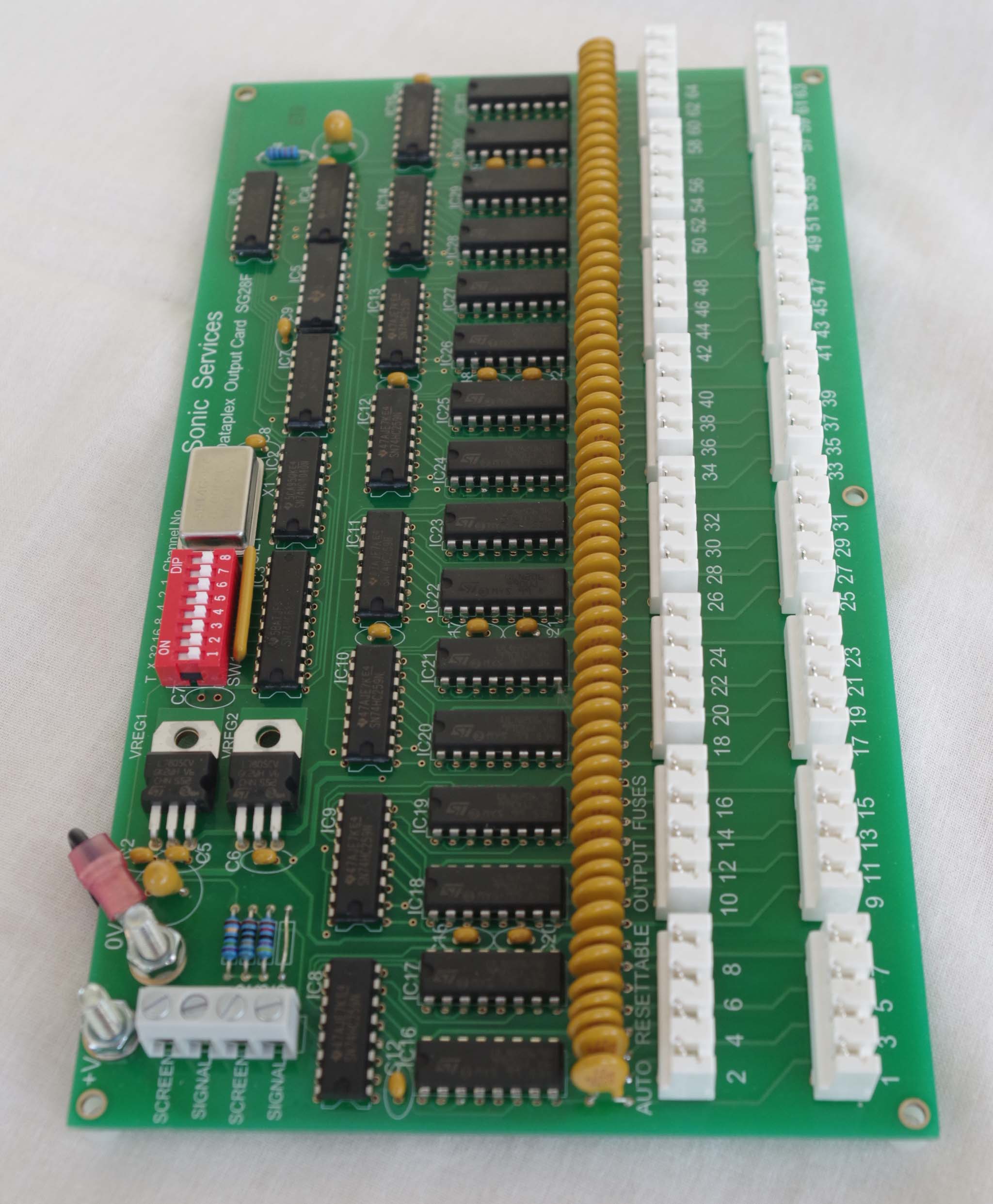.jpg)
.jpg)
![]()
![]()
| SONIC SERVICES - TECHNICAL | |
|
HL Range & IDC HL Range These modular ranges perform the commonly required functions from organ control systems. The piston capture facility caters for general, divisional, cancel and reversible pistons. Other features are available, such as a stepper sequencer and programmable crescendo. Many levels of memory are available if required and these are selectable by either a simple rotary switch or a display-type panel. Separate selection of divisional and general memories is available. The coupling/extension facility caters for all types of coupling and extension at any pitch. Limited compass groups of outputs for off notes or top note chests can be programmed into the system. Transposition, Melodic Bass and Soloing functions are examples of features available at no extra cost. The data linking facility is most often used to allow all the information from a detached console to be fed to the organ via a simple data cable. The midi interface converts information between the native coding system used within our equipment and midi in either direction. This allows complete performance recording and playback using either computer music software or a standalone midi recorder/player. The facility also allows a separate electronic musical instrument fitted with midi sockets to be played from designated stops on the organ. HL Range The main HL system range performs the tasks described above. It started life as a rack-based system with plug-in input and output cards with one or two processor cards mounted in a section in the top of the rack. This is still available and is fully supported, but the IDC version described below is now our flagship modular system. IDC HL Range The IDC HL system is also based on a main and piston processor (where needed) as well as input and output cards, which use solderless Krone insulation displacement connectors (IDC) for the organ wiring. In most installations the circuit cards are grouped together on a panel for each part of the organ. They can, however, be positioned around the organ. This can be useful in the case of the output cards in a large organ chamber to avoid long cables meeting at a central point. The system uses a 64-channel code for sending information to the output cards. The same simple data cable is daisy chained around the output cards, which have switches to select the chancel to be decoded. The processing software allows any output cards to send information from more than one rank of pipes or auxiliary function. Ranks can be split up into sections so different parts of the compass appear on different cards. This is useful where ranks are split up between windchests positioned in different parts of an organ chamber. The IDC HL system is backwards compatible with the rack-based equipment so that existing systems can be augmented with the IDC equipment if an organ is being enlarged. | |

Input card 
Piston processor 
Output card | |
Single Panel This unit has 64 inputs and 64 outputs and can perform various tasks as instructed by software that is loaded before dispatch. It can act as a 32 stop piston system with pre-assigned pistons for a two manual and pedal organ featuring six pistons for each division, six generals, general cancel, Great and Pedal piston coupler, four assignable reversers and two levels of memory. However, we can tailor a panel to have a different piston specification. The stops allocated to each division can be programmed by the installer, who can also program the stops affected by each reverser. The panel can also act as a coupler system in situations where no more than 64 inputs and 64 outputs are required. |
|
© 2018 Sonic Services Design: Standard Eight Revised 09-vi-2k18